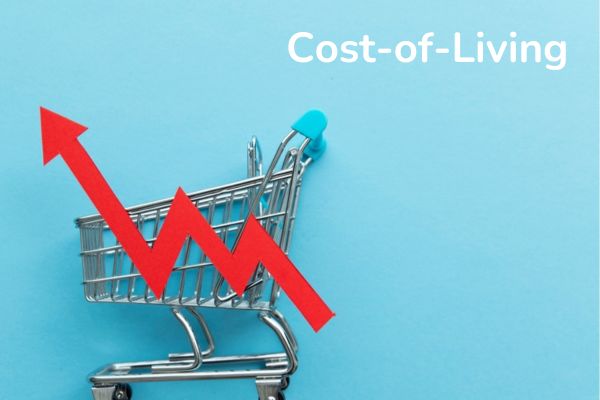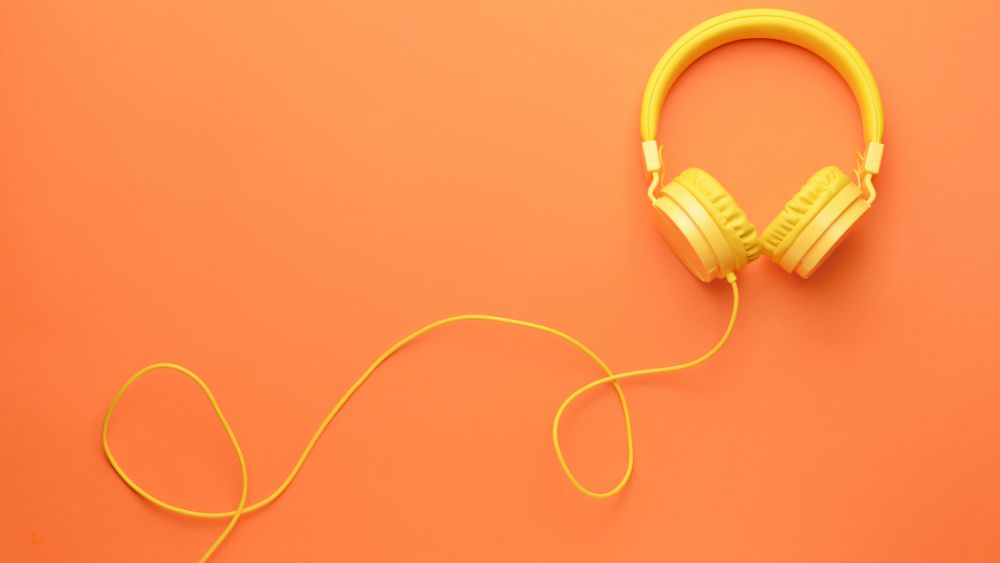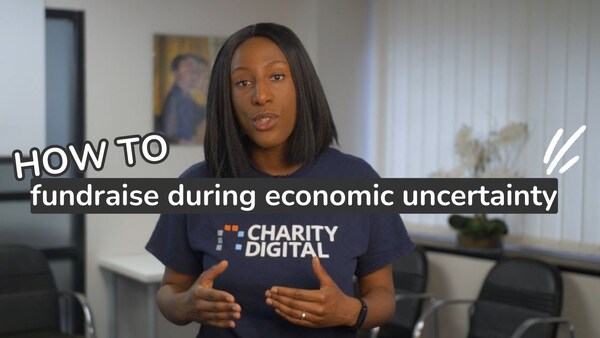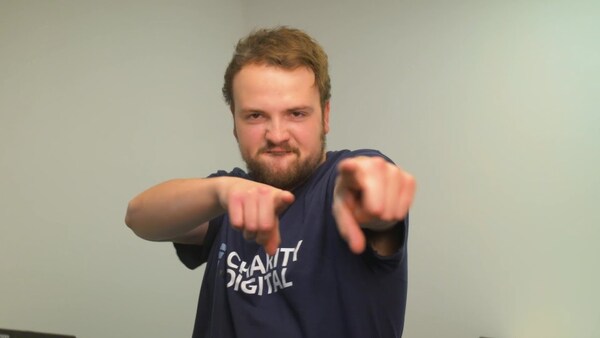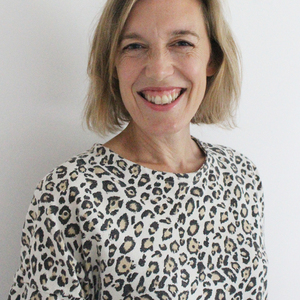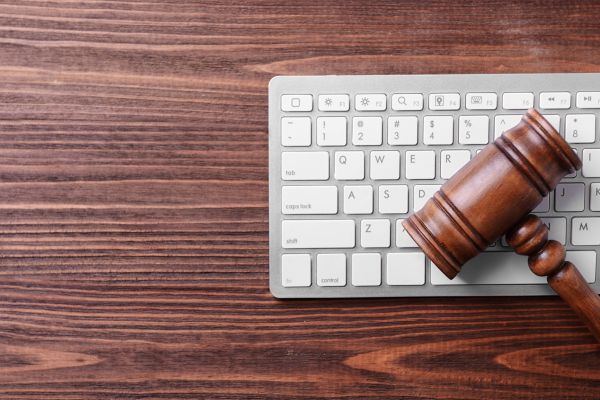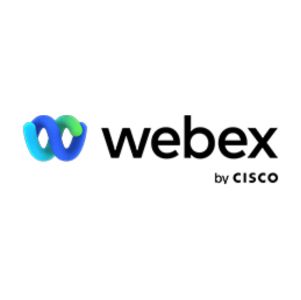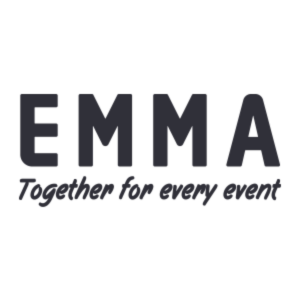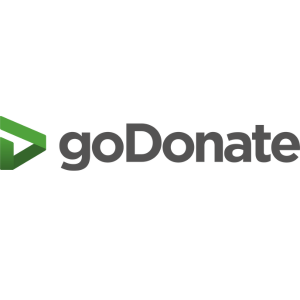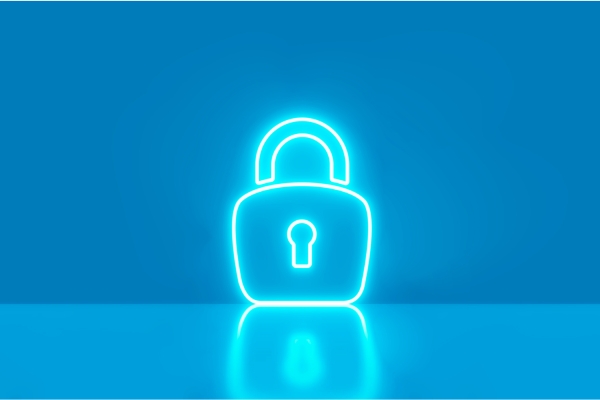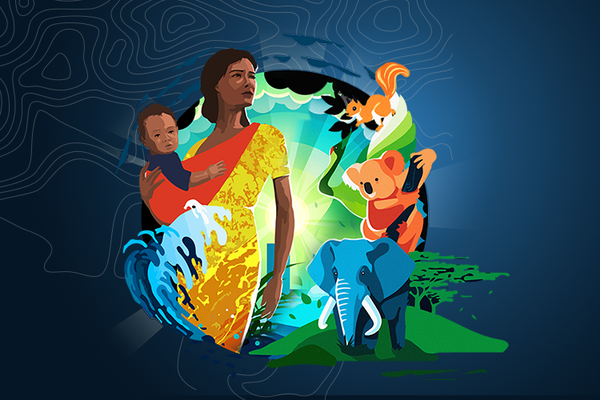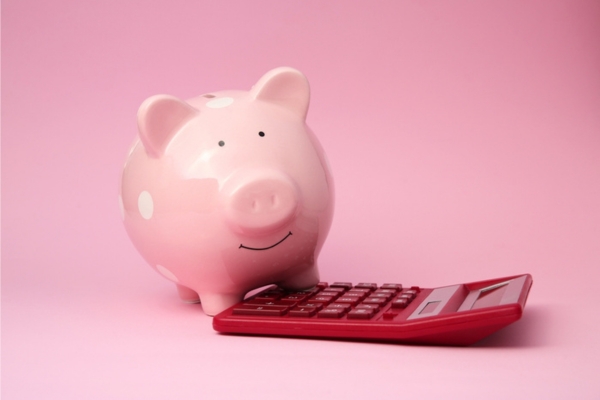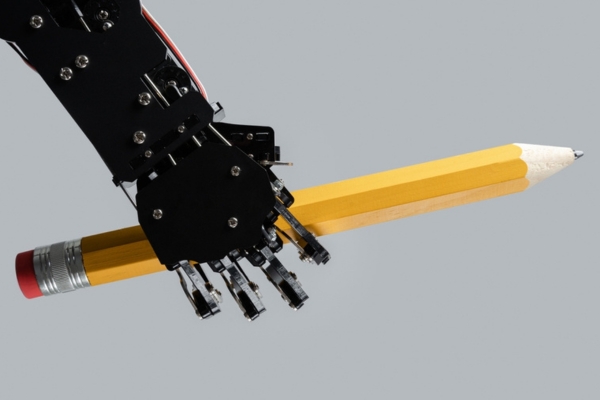Insights
INSIGHTS
All Topics
How charities can make the most out of Spotify
You might not think of Spotify as a place to promote your charity. But these practical ideas and creative projects could change your mind
Spotify has changed the way we listen to music. Launched in 2008, it has over 626 million monthly active users. And, while criticised by some musicians, it forms a core part of many people’s daily lives.
Here’s a look at the ways in which you can use Spotify to boost fundraising, educate listeners, and tell even more people about your charity’s cause.
Advertise on Spotify
Spotify has three different types of advertising: audio, video, and podcast. And they boast some impressive stats: after hearing an advert mid-podcast, 62% of respondents took an action, like searching or purchasing the product.
The music streaming service has both free and paid versions. The free version, used by around 402 million people, is supported by adverts – and those ads can’t be skipped over.
You can target your audience using demographics, preferred music genres, and podcast categories (among other things). That means you can catch people when they’re most likely to resonate with your advert and cause. And it’s a good way to connect with Gen Zers – who make up half of all Spotify listeners, and use the platform for 2.2 hours a day on average.
Repurpose ads you already have
When marketing agency, Platypus Digital, worked with Dementia UK, they expanded the charity’s digital campaign to include Spotify advertising. The campaign promoted the charity’s “Living with dementia guide”, increasing brand awareness and reaching 1.4 million unique Spotify listeners.
Part of the campaign was repurposing existing radio ads into Spotify ads (which meant the charity got a higher return for investment in audio production). Take a look at Platypus’ Spotify Ads – Quick Charity Guide for some simple steps to get started. You might be sitting on collateral that could easily reach a whole new audience.
Put together a playlist
Campaign Against Living Miserably found 88% of people listen to music to help improve their mood and mental wellbeing – and used that information to put together “The Soundtrack” on Spotify. This curated playlist of music and podcasts acts as a pick me up for listeners having a tough day, raising awareness of the charity and sharing advice along the way.
And during a heatwave in 2018, WaterAid created a Spotify shower playlist, designed to help the UK save water. Each of the 40 songs on the playlist lasted for exactly four minutes –
the recommended length of time for a water-saving shower.
Fundraise through royalties
Earth Day 2024 saw Nature being recognised as an official, credited artist on Spotify.
The project, Sounds Right, set up Nature with its own artist page. And the page is populated with music that features natural sounds – from waterfalls and thunderstorms, to tracks from global artists remixed with sounds from nature.
Nature receives a share of the streaming royalties, and UN Live hopes the project will raise £32 million within its first four years. A panel of expert biologists, environmental activists and representatives of Indigenous Peoples will advise on how the funding can best be distributed among conservation initiatives.
Publish your podcast
According to Edison Research, 42% of UK adults are monthly podcast listeners.
Lots of charities have tapped into the power of podcasts as they can be inexpensive to produce and a direct way to reach your audience. With on-the-go listeners, they’re a great way to raise awareness of your cause and share information with service users.
Spotify is the most popular podcast listening app, with 37.2% of podcast listeners doing so on the platform. So it makes sense to publish your podcast here (but also post on other platforms, to attract the biggest audience). Lots of charities publish their podcasts on Spotify. Winston’s Wish’s “Grief in Common”, Dartmoor Zoological Society’s “What’s New at the Zoo”, and Charity Digital’s very own show are a few examples.
To find out more, check out our tips on how to grow a podcast.
Spotify’s Creator Equity Fund Programme
Spotify supports charities through its Creator Equity Fund Programme, and has recently partnered with Youth Music. The charity’s mission is to give every young person the chance to make, learn and earn in music. But many grassroots youth music spaces are at high risk of closure – spaces that give young people a chance to be connected, inspired and creative.
The funding will help to support 15 spaces that support children and young people experiencing challenging circumstances, including a youth-led studio in a remote coastal town, and a band project for disabled young people. The programme has also funded the opening of Mentivity House, a youth hub in Peckham.
Mary Wessel
More on this topic
Recommended Products
Our Events
Charity Digital Academy
Our courses aim, in just three hours, to enhance soft skills and hard skills, boost your knowledge of finance and artificial intelligence, and supercharge your digital capabilities. Check out some of the incredible options by clicking here.
